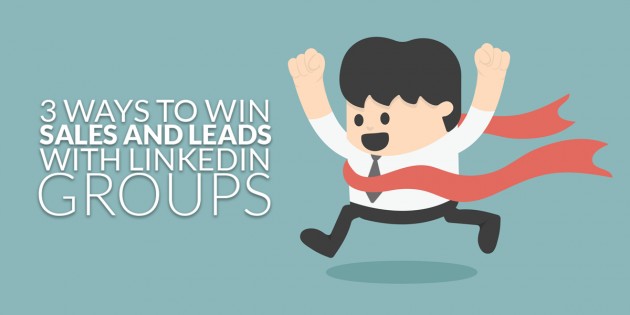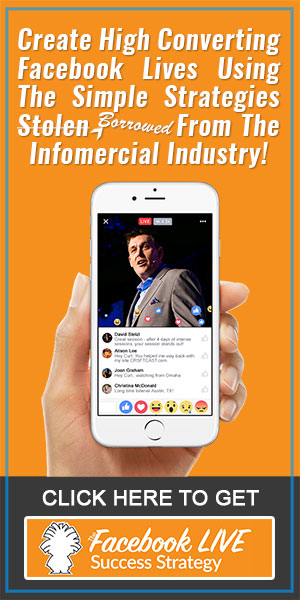For B2B businesses, you’ll find it pretty difficult to find your target market on Facebook or Twitter. Perhaps you’ve dabbled with LinkedIn Ads or Gmail Sponsored Posts to target relevant businesses but not had much luck.
In my previous LinkedIn blog posts, I’ve talked briefly about LinkedIn groups and how useful they are to generating you leads and customers in the B2C and B2B industry. Today I’m going to discuss the recent changes made to groups and how you should be using them going forward.
LinkedIn Group changes
If you don’t follow LinkedIn news, last month they made some pretty big changes to their group features which you can read about here. The biggest changes were:
Unable to filter by keywords - in the past you could join a group and search for comments by member name or keywords. This was great because you could sift through all the chats to find your prospects faster. That’s all changed now, and there is no option to filter groups.
All groups are private - before the changes you could click on a group without joining and read the content to quickly see if the group is relevant to your needs. Now all groups are private and you must join before you can see any conversations.
Limited group options LinkedIn now offers only two groups types, they are:
● Standard these are groups where members can be invited or request to join.
● Unlisted these are groups that will not be shown in the searchers, and members can only join if they are invited.
For marketers, these changes are not ideal but nevertheless, LinkedIn groups are still valuable if you lead with value.
Here’s how you should be using LinkedIn groups in 2016.
1. Create unique groups based on your goals
If you have an active LinkedIn presence, creating your own group is a no brainer. Depending on the goals of your group you can decide to make it standard or unlisted. For example, if your goal is to generate new leads and customers then a standard group type makes sense as it’s more visible for people to join.
If you’ve already acquired customers and want to create a group to provide them more value, share content and give them tailored advice, then creating a special unlisted group and inviting them is a great play. There’s nothing stopping you from creating both for each customer type.
2. Join groups that align with your goals
LinkedIn is a diverse business platform, don’t see it as a way to only generate leads and sales. For example, if you’re a retailer and export a lot of your products from the USA to let’s say China, you can join relevant groups and network with professionals who operate on a similar level as you business, you’ll be able to share tips with each other and perhaps exchange contacts and details of suppliers and vendors.
If your goal is to generate leads, then look for groups that your customers, peers, vendors and competitors are using.
3. Become a regular contributor
Joining several LinkedIn groups and visiting them once a week to reach out to potential leads directly is a bad idea. Not only will you negatively brand your business, but there’s a good chance you’ll get kicked out the group and quite honestly, I’ll be surprised if you generate any leads doing this.
Instead, provide value by jumping into conversations as often as you can. If you can show your expertise on certain subjects, you’ll become the goto person in that group and leads will come to you.
If you don’t have the time in your day to do this, get one of your employees or hire a freelancer who is experienced in your industry to do it on your behalf.
Summary
LinkedIn is an ever growing social media community and is still underutilized by many small businesses. Many choose Facebook and Twitter because it’s much easier to setup an advert and wait for leads then to work on building a presence in groups over a longer period of time.
However, these relationships you build are often much stronger than an email collected from a lead ads, so keep that in mind going into 2016.
Nick Bridges
Latest posts by Nick Bridges (see all)
- Facebook Releases 8 New Standard Events - November 14, 2018
- Facebook Pixel Changes 2018 - October 11, 2018
- Writing Compelling Ad Headlines that People Will Click - September 12, 2016



